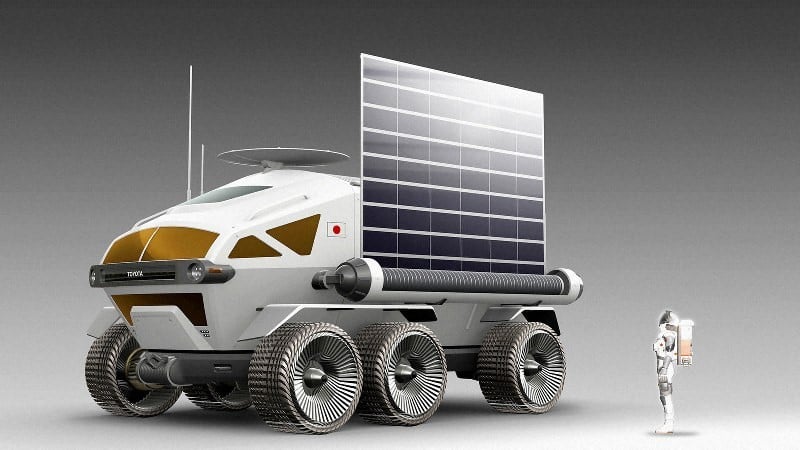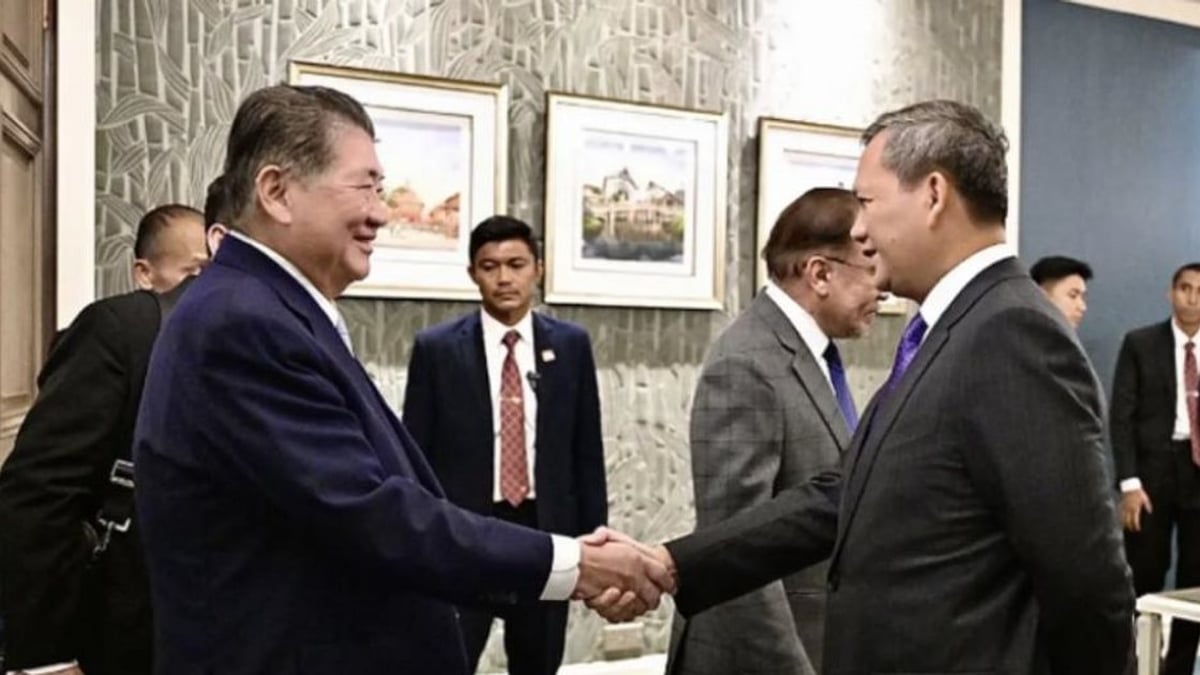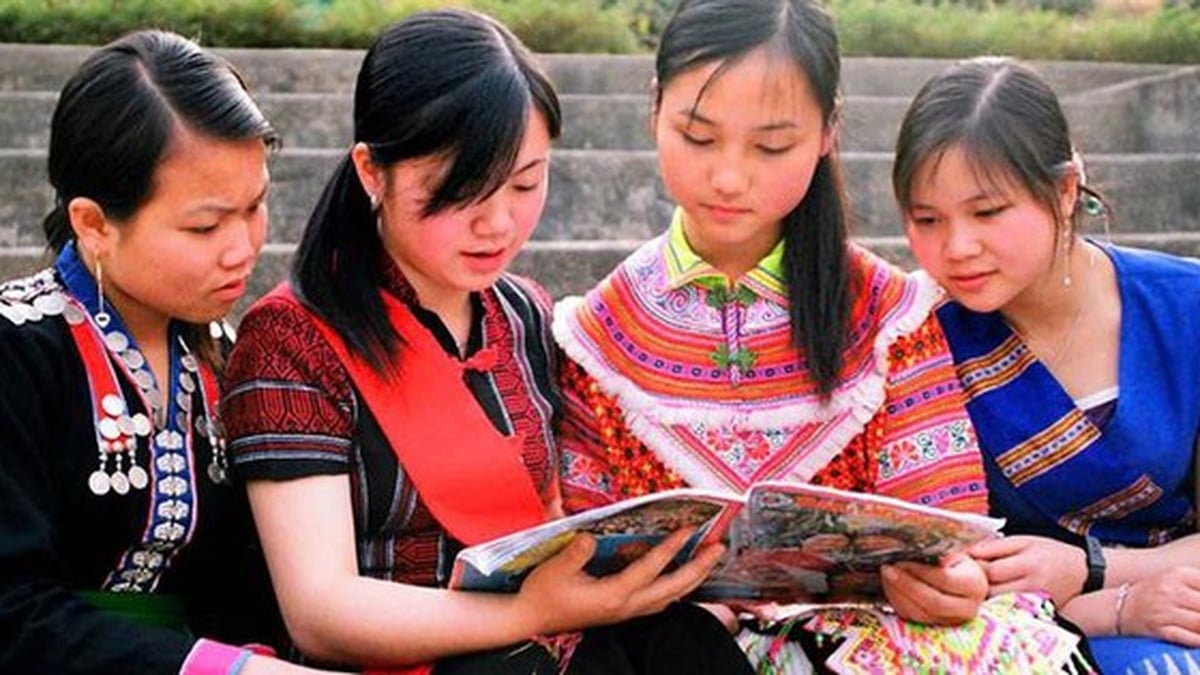 |
| A lunar probe prototype being developed by JAXA and Toyota. (Source: Toyota Motor Corp/Kyodo) |
The company said the rocket was scheduled to lift off from the Japan Aerospace Exploration Agency's (JAXA) Tanegashima Space Center in southern Japan at 8:42 a.m. on Thursday (23:42 GMT Wednesday), with the launch window also potentially extended until September 15.
The new schedule was announced a week after a previous launch attempt to land Japan's first spacecraft on the Moon was suspended due to high winds.
The H-IIA rocket, co-developed by JAXA and Mitsubishi Heavy Industries, is Japan's leading space launch vehicle, with 45 successful launches in 46 attempts since 2001.
After JAXA's new H3 medium-lift rocket failed on launch in March, the agency postponed the launch of the 47th H-IIA rocket for several months to investigate the cause.
The Japanese government may subsidize JAXA with about 10 billion yen ($68.4 million) in fiscal 2024, hoping to help accelerate Japan's aerospace development initiatives, the Yomiuri newspaper reported.
JAXA will use the grant to pay companies and universities involved in developing satellites, rockets and lunar exploration technology, the report said.
Previously, on December 11, 2022, a Japanese startup's spacecraft was launched to the Moon.
This is Japan's first lunar mission, and also the first mission carried out by a private company in the country.
The launch was carried out by billionaire Elon Musk's SpaceX company in Cape Canaveral, Florida, USA, after two delays for additional checks.
This spacecraft is small in size, just over 2x2.5m, including a 10kg rover produced by the United Arab Emirates (UAE).
The spacecraft, built by Tokyo-based startup Ispace, was launched into space aboard a Falcon 9 rocket at 2:38 a.m. local time. It is the first part of a space exploration program called Hakuto-R (meaning "White Rabbit" in Japanese).
Ispace CEO Takeshi Hakamada said the company’s maiden mission will lay the groundwork for Japan to join the exploration of the Moon’s potential. Previously, only the US, Russia and China had successfully sent robots to the Moon’s surface.
Source































![[Photo] National Assembly Chairman attends the seminar "Building and operating an international financial center and recommendations for Vietnam"](https://vphoto.vietnam.vn/thumb/1200x675/vietnam/resource/IMAGE/2025/7/28/76393436936e457db31ec84433289f72)





































































Comment (0)